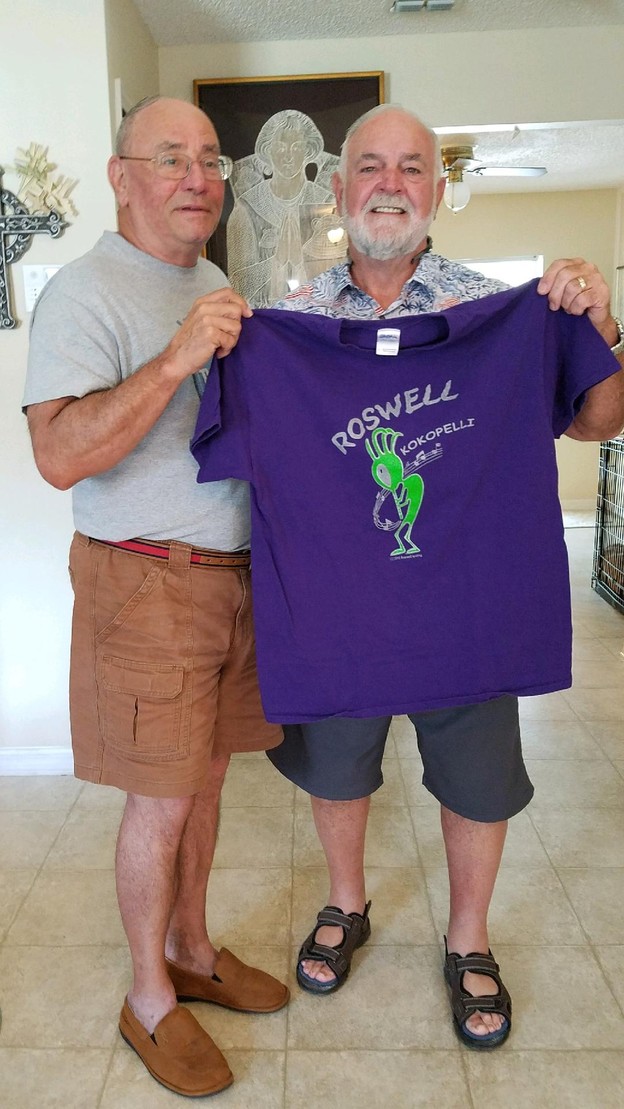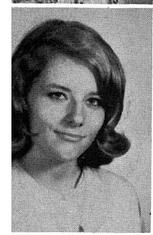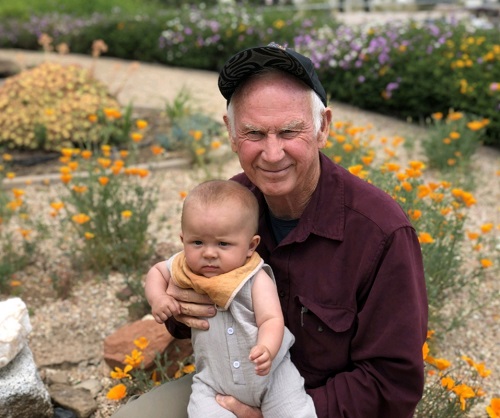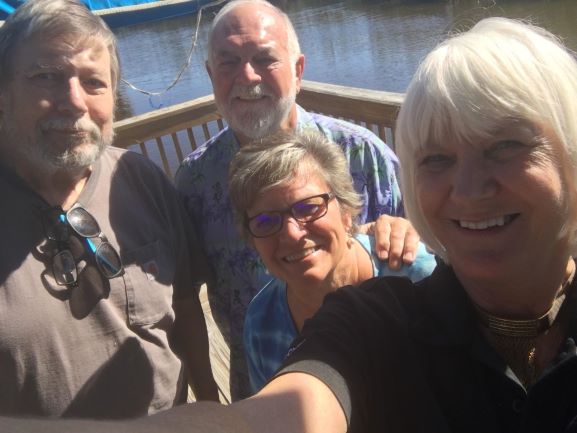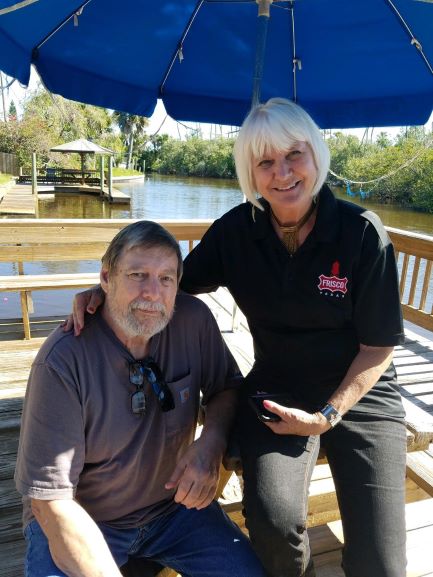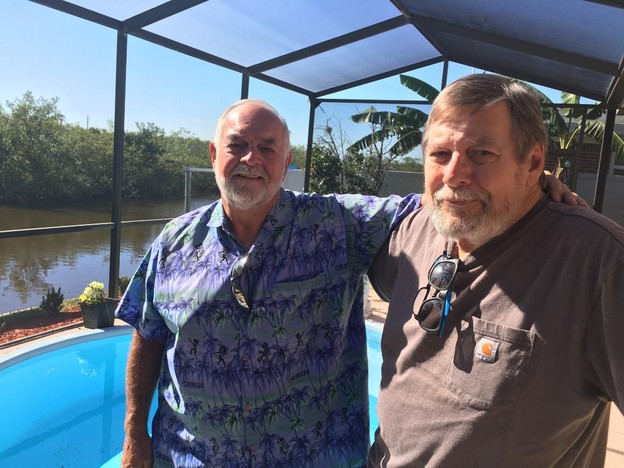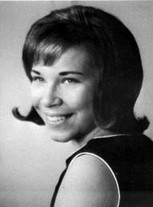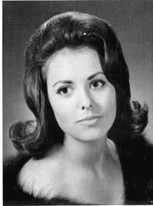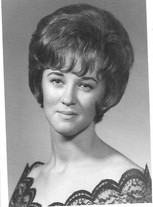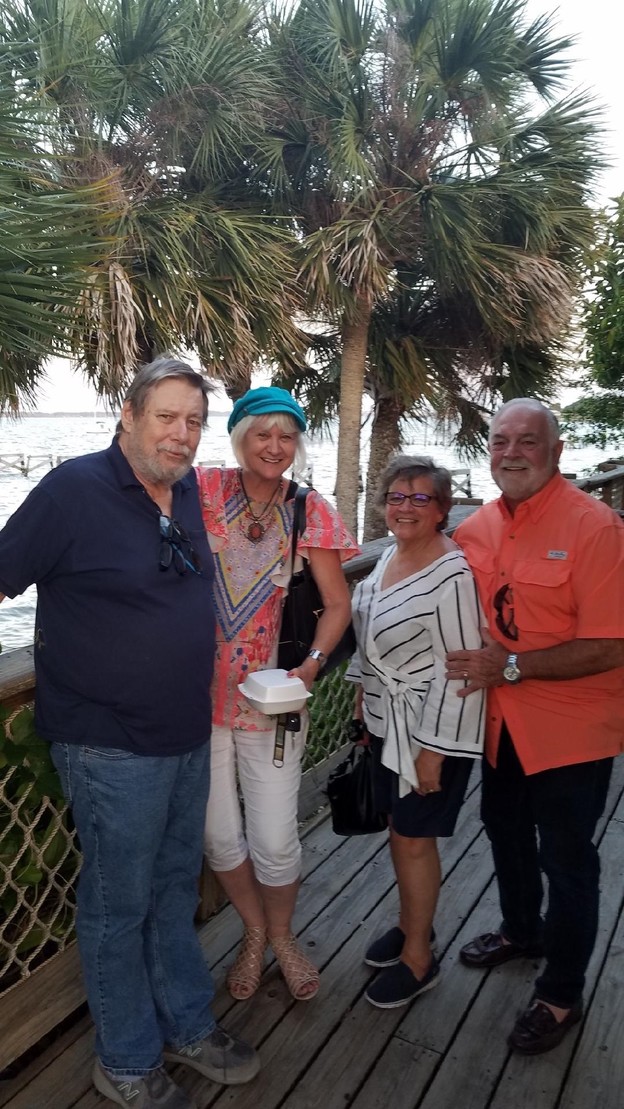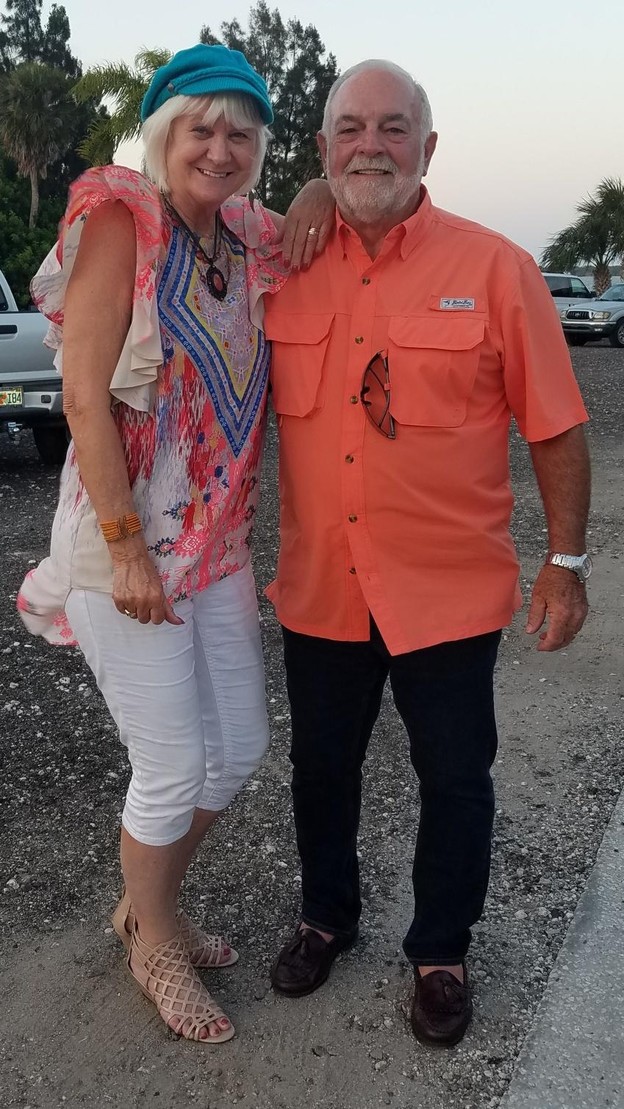|
James A "Jim" White
Happy Birthday to the only "Gold Star" Vietnam widow in our class (that I am aware of), Laurie Shuey Anderson. Blessings to you.
PLEASE REMEMBER CLASSMATES THAT ARE SUFFERING. They are part of your history. If you pray, please do. If you do not, please think good thoughts and send them to the universe. Here are a few situations we are aware of:
- Neuro muscular condition that barely allows this sweet woman to speak, she barely weighs a hundred pounds and is caring her her husband who has alzeiheimers.
- Another classmate, friends to us all who has helped with reunions, has diagnosed alzeiheimers.
- Another classmate with Lyme disease and is in constant pain in all her joints.
- A classmate who recently lost her husband unexpectedly, and is now facing all the decisions and change of life that comes with a loss such as this.
- A classmate who lost his wife several months ago, and has not been back in his house since the funeral. He still will face many, many decisions and many moments or days of sadness.
- A classmate with a history of mouth cancer and may have it again, and is in constant, very harsh pain.
- A classmate with a Neuro condition and sensitivity that even a small wind on her face can be painful.
- A classmate whose wife has a very dibilitating condition and he has been her care giver for may years.
- Another RHS grad who cares for his wife with dementia while struggling with very painful back injury himself.
We could go on and on. These are not the people that send in pictures showing the fun they are having. They rarely, if ever, visit this class website. Please remember them. They deserve our concern, thoughts and remembrances.
______________________________________________
1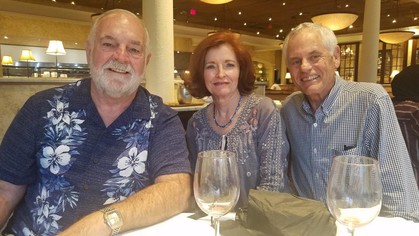
JIM WHITE, KAREN PATTERSON NICHOLS and LOUIS BAGWELL met in North Houston on March 13th to share memories of growing up in the Utopian town of Roswell. Life was simple, life was good, growing up in Roswell in the 50's and 60's. Of course, the day seems like yesterday when you have lunch with a classmate that looks like she just graduated a year or two ago. It was nice, since I cared so little about school back then, to share the love with two classmates that were both class officers and very involved in everything, including yearbook, back then. Thank you for your service to our class. You are the best!
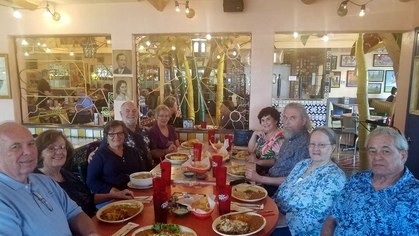
On March 8th, several Houston area classmates gathered for lunch. If you are thinking, "Would you have anything to say after 50 years?" Well, apparently plenty. Most stayed for six hours! Even after we left the restaurant table 4 hours later to free it up for customers, we went out front and talked for two more hours.
Those present, from Left to Right, BOB REAM, KAREN HARRINGTON REAM, KATHY WHITE, JIM WHITE, MICHAELE AUSTIN KELLY, MARY VEATCH, BUTCH COLBERT, SHARON COLBERT, HEARKY VEATCH. Another lunch gathering will be this Wednesday, March 13th, and will include LOUIS BAGWELL, KAREN PATTERSON NICHOLS, JIM and KATHY WHITE and hopefully a few more Houston area classmates.
It is absolutely fascinating learning about childhood friends and acquaintences. If you grew up with all our wonderful Roswell classmates, you would love learning the business people, lawyers, chemical engineers, etc. they have become. If you don't, uh ... well ... I worry about you.
Besides the meeting this Wednesday, as Kathy and I travel east on I-10, we will be seeing BOBBY ALLISON in Mississippi, and in Florida hope to catch up with KAREN McCARTY FINK, BILLY SLOAN, CHIP KING and anyone else we find in that state. Don't think we are just chasing classmates. We are also seeing lifelong friends, going to enjoy New Orleans, the Gulf Coast, Mobile Alabama, we even have 10 days reserved on Fiesta Key in the Florida Keys. After Florida, Kathy and I are heading up the east coast. We also hope to make it to TERRY BOONE'S lake home sometime. And, of course, JUDI ADAMS MORRIS and ELIZABETH GWARTNEY LOWNEY always welcome us when we are in Denver area. Thank you, BOYCE McFARLAND for helping make this wonderful trip possible. Keep dancin', yaw'll.
|

![]()






